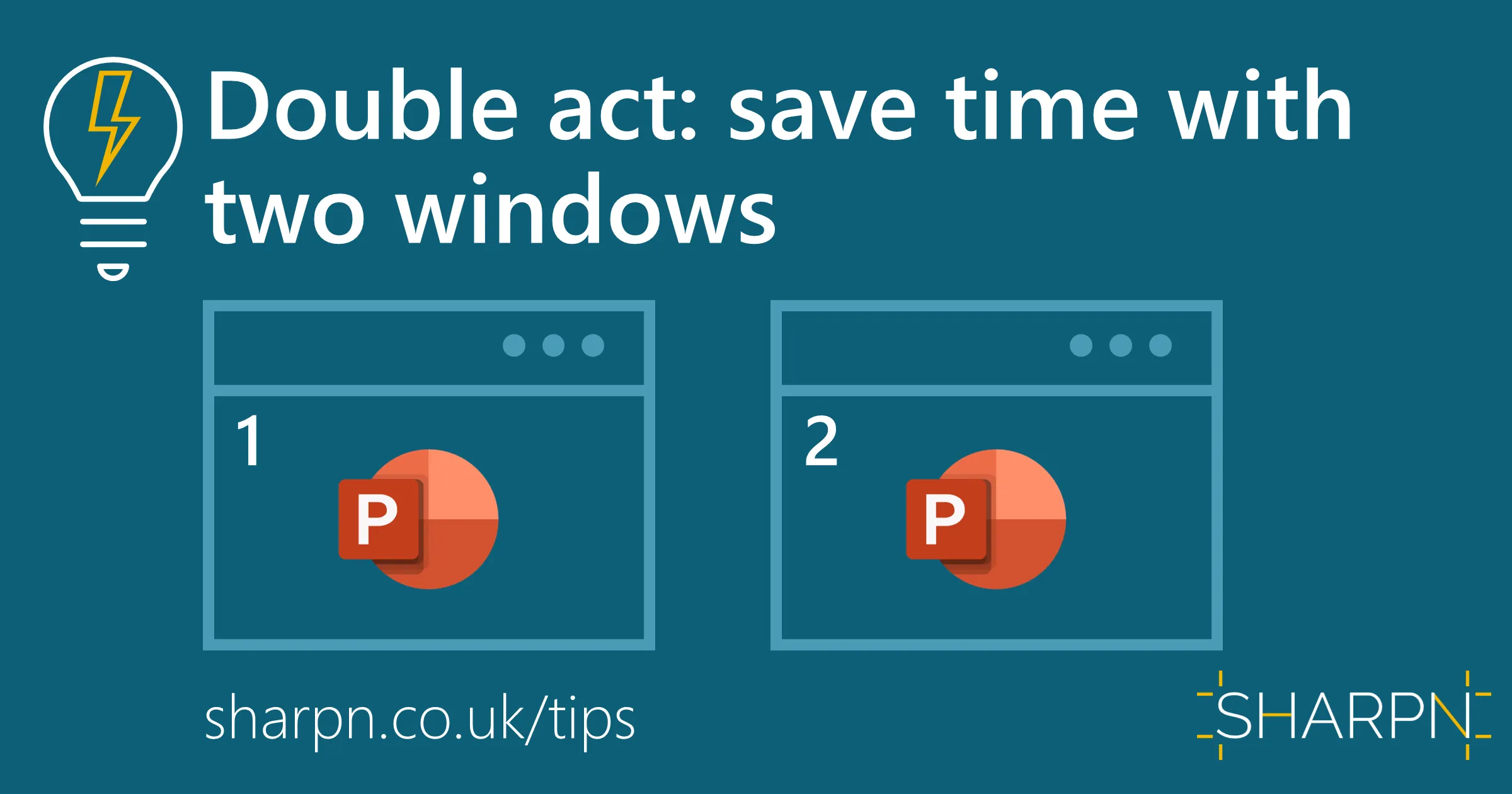


How to create a roadmap that everyone can follow
At the time of writing, people around the world are receiving government roadmaps for the route out of lockdown. Some are much clearer than others. But they are generally long, dense word documents, with a couple of diagrams if we are lucky.
That’s not what we mean by a roadmap.
A map is inherently visual. The brain can rapidly process the visual information in the network of spatial relationships between pathways and places. It can also easily translate between the ‘helicopter view’ that the map shows, and the on-the-ground view of the reader. So the visual language of maps lends itself well to any kind of journey – real or metaphorical.
Businesses use roadmaps all the time. They are an essential part of any robust strategy, which should contain:
a vision: where we are now and where we want to be
a strategy: the actions we will take to get there, and the tools and people we will need
a roadmap: the sequence of the actions and a target timeframe
And a good roadmap can be distilled into a single page. SHARPN has created the downloadable PowerPoint deck below to help. It contains five different ways of visualising your roadmap.
Tips for creating roadmaps
1. A roadmap is not a plan
A good plan is the product of robust estimation against a clearly defined scope. It has detailed steps, action owners and a reasonable expectation of when it will complete.
A roadmap has none of those things. It shows the outcomes we are expecting, roughly how we will break the work into programmes and projects, and in what order we will execute these. It can also show dependencies – they help explain the logic behind our sequence. An example: we can only start migrating our customers to our new platform once we’ve actually built it, and once we’ve stood up the right support team.
So do include the order of events, but don’t be too granular in your timescales. Stick to years and quarters. If you are showing months and weeks that’s likely to be a plan, not a roadmap.
2. Use colour
Depending on your roadmap, there are usually two alternatives for using colour:
- Showing different phases. A complex roadmap is often phased into stages. So give each one a different colour.
- Showing different streams. A portfolio roadmap may have different programmes in different functions (for example, supply chain, technology, HR). Each function can have a different colour.
If you need to show both phases and streams, only use colour for one of these. Use icons or simple labelling for the other.
3. Provide summary detail
Wherever possible, put a short description of each step, phase and stream on the roadmap. For instance: the objectives and the people affected. This will help people who are not as familiar with the detail as you are. (That often means everyone else.)
You can - and should - then add a slide for each component to offer more information. No one-page roadmap can stand up on its own without wider context and deeper detail.
Five roadmap templates
These editable PowerPoint slides are free for you to use, adjust and adapt as you see fit.
Perhaps you have a favourite way of presenting roadmaps. We'd love to hear about it – get in contact at the link below.
If you have a critical programme that needs a clear roadmap, we can help you. Or if you want your people to learn how to create better business documents, we can train them.
Want more tips like this in your inbox?
It's useful*
It doesn't flood your inbox (monthly-ish).







.png)
.png)











